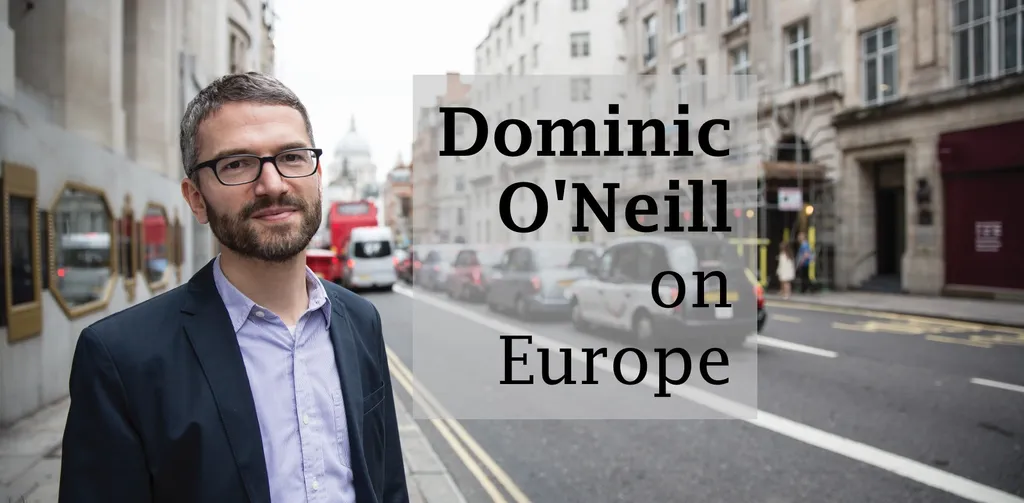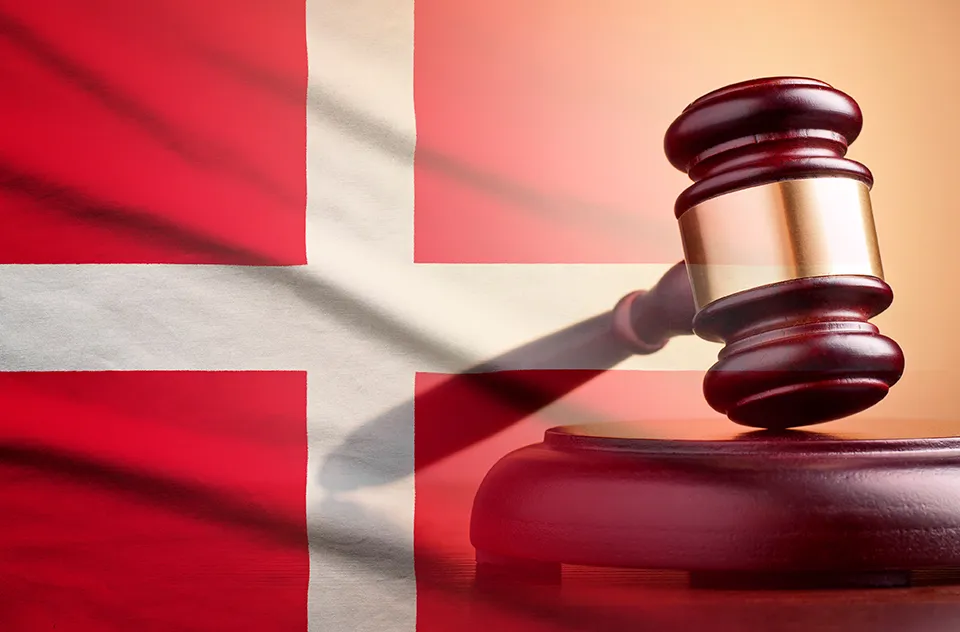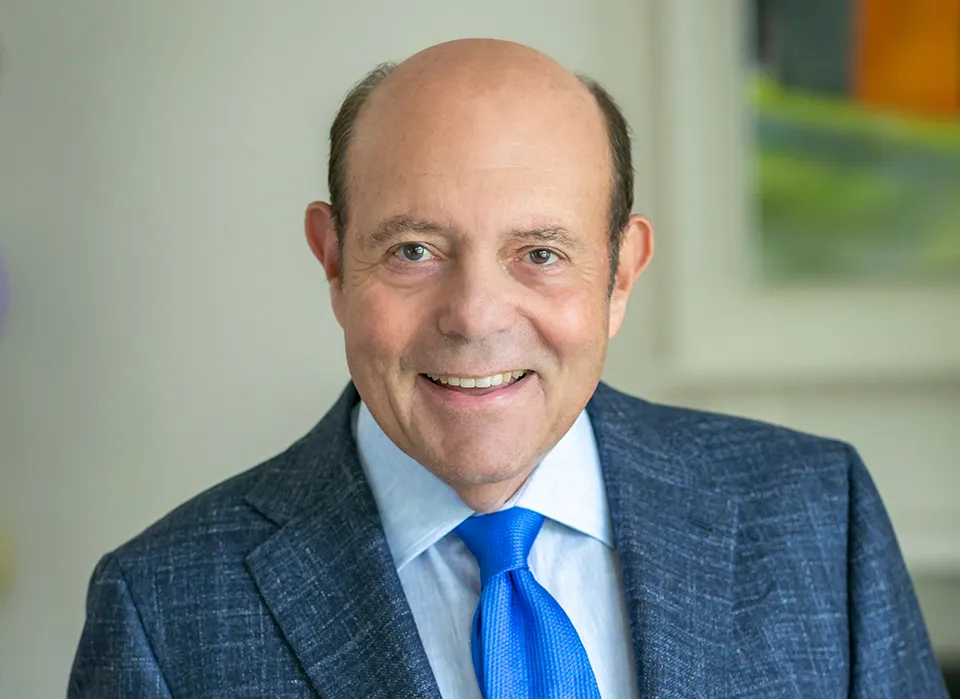It is not in the French style to remove a bank chief executive swiftly. And so Slawomir Krupa still has some time to turn Societe Generale around, even after the poor share-price reaction to its recent capital markets day on September 18, when the stock dropped more than 12% as investors seemed unimpressed by the apparent modesty of Krupa’s targets.
Part of his claim to be capable of changing things could come from the fact that, by French establishment standards, he is an outsider. And his background is all the more telling given that Sébastien Proto – the banker widely thought to have been Krupa’s closest rival to take over from Frédéric Oudéa back in May – followed a more typically elite route to the leadership of a large French bank, a route closer to the one taken by Oudéa himself.
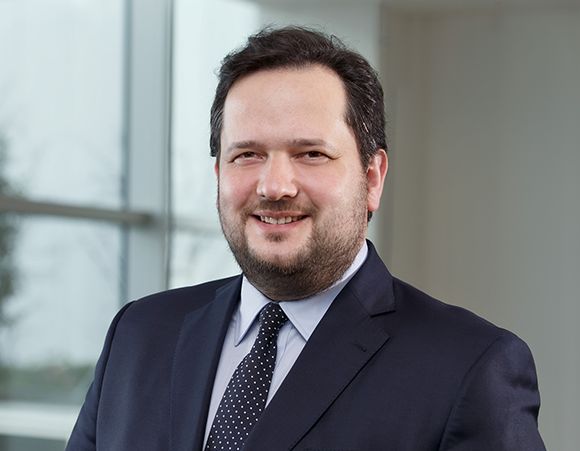
Oudéa’s succession by Krupa raises the question of whether BNP Paribas might make a similar outsider choice when it comes to replacing Jean-Laurent Bonnafé, who has been BNPP’s chief executive since 2011.
BNPP will probably follow SocGen to the extent of handing the leadership to a younger generation. Krupa and Proto are a decade or more younger than Oudéa’s two deputy CEOs, Philippe Aymerich and Diony Lebot, who were of a similar age to Oudéa at about 60.
Bonnafé is in a similar situation, with the two men who sit immediately below him in the executive hierarchy – head of corporate and institutional banking Yann Gérardin and the consumer businesses chief Thierry Laborde – also of a similar age, over 60.
It is widely rumoured in Paris that the most likely candidate to succeed Bonnafé could then be Marguerite Bérard, who today runs BNPP’s French retail network. She would be the first female chief executive of a large French bank.
Routes to the top
Bérard has followed a more standard route than Krupa to the top of a big bank. She graduated in the same year as Proto from the École Nationale d’Administration (ENA), an elite government higher-education institute that takes at most a couple of hundred pupils a year.
Bérard and Proto’s classmates that year included Nicolas Namias – who last year became chief executive of BPCE, another French bank of global systemic importance – and French president Emmanuel Macron.
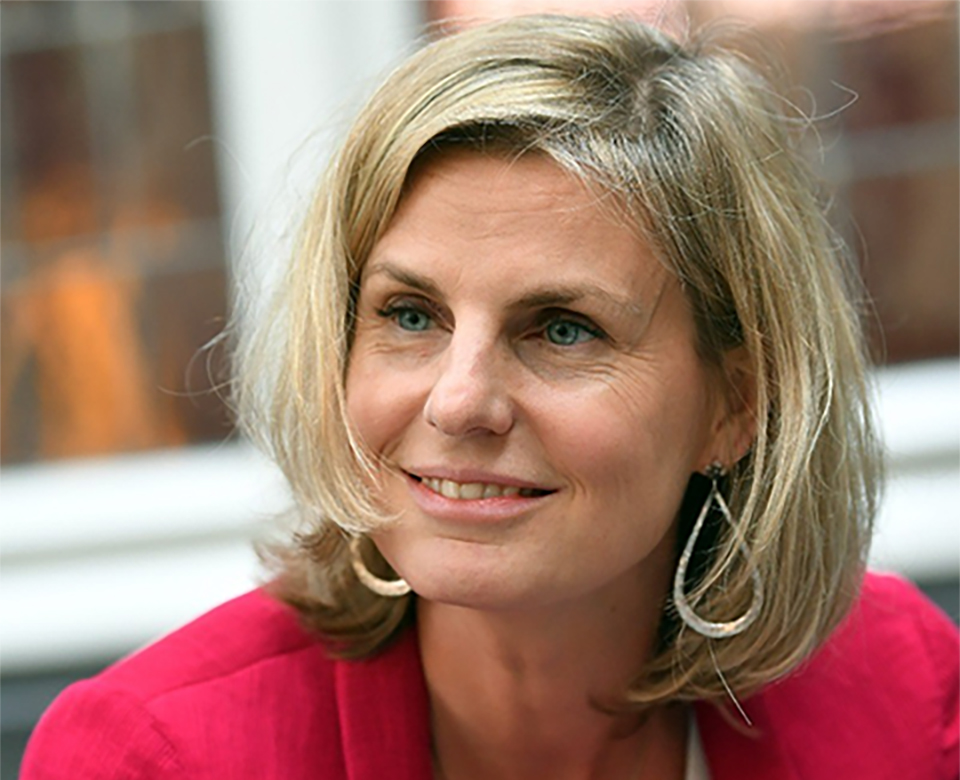
Bérard’s path to the CEO’s job is not assured, of course. Bonnafé could seek a final three-year term when his mandate ends in mid 2025 – and a lot can happen before 2028.
But if she did eventually assume the CEO job, Bérard’s graduation class at ENA would be the new generation’s equivalent of Bonnafé’s 1980s cohort from the École Polytechnique, a quasi-military technical college founded a few years after the French Revolution and now also known as l’X.
That class was a vintage year for bank chief executives. It featured Oudéa – who also went to ENA – former UniCredit CEO Jean Pierre Mustier and former Credit Suisse chief executive Tidjane Thiam.
Krupa graduated from neither ENA nor the Polytechnique. Coming from a Polish family that emigrated to France when he was a child, he ‘merely’ went to Sciences Po, the Paris-based equivalent of the London School of Economics.
From there Krupa became part of SocGen’s general audit – a fast track scheme to promotion as it gives insights into different parts of the institution and relationships with people across the bank.
Networking
How exactly might membership or not of ENA and Polytechnique networks have played a part in SocGen’s choice of chief executive, and how could it do so at BNPP?
One answer may be that SocGen’s board decided against Proto partly because it saw a need to make it look like the bank was undergoing a revolutionary change, after it finally managed to stop Oudéa from serving yet another term.

It is obviously useful for companies to have a well-connected CEO, but the problem with the ENA and Polytechnique networks is that they run the risk of making state and private-sector leadership homogenous, while also possibly overlooking professional achievement today in favour of academic excellence from 30 or 40 years ago.
Philippe Heim was seen as a rival to Oudéa at SocGen until he left in 2020 to become chief executive of La Banque Postale. His ouster from the latter this summer shows that an ENA-graduate chairman (Philippe Wahl) can fire an ENA-graduate CEO (Heim) when they disagree.
But there is also an understandable concern that membership of these alumni clubs makes it easier for poor-performing leaders to stay on without making bold and much-needed changes.
There is understandable concern that membership of these alumni clubs makes it easier for poor-performing leaders to stay on without making bold and much-needed changes
It is hard to argue that SocGen, for example, thrived under Oudéa. He left it as one of the lowest valued of Europe’s big banks, trading at a marked discount to BNPP. (That hasn’t prevented him from going on to be chairman of French pharmaceutical company Sanofi and of the Ecole Polytechnique Foundation.)
At BNPP, meanwhile, an aura of stability is more important to its pitch to clients and investors than at SocGen. That may influence the way its succession is conducted.
Given that the bank appears to be doing relatively well, going for an outsider purely for the sake of it might seem rash and unnecessary to BNPP’s directors – not least because a large proportion of them also went to the Polytechnique and ENA.
